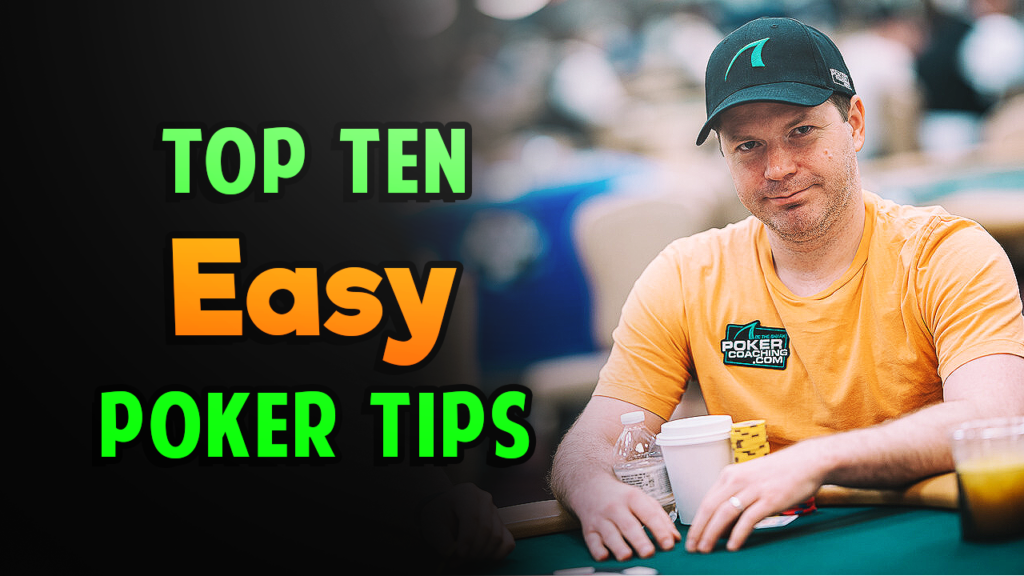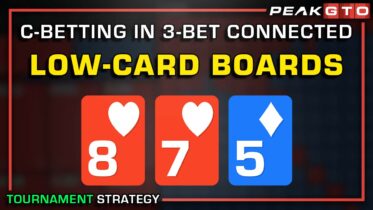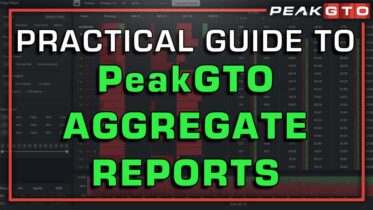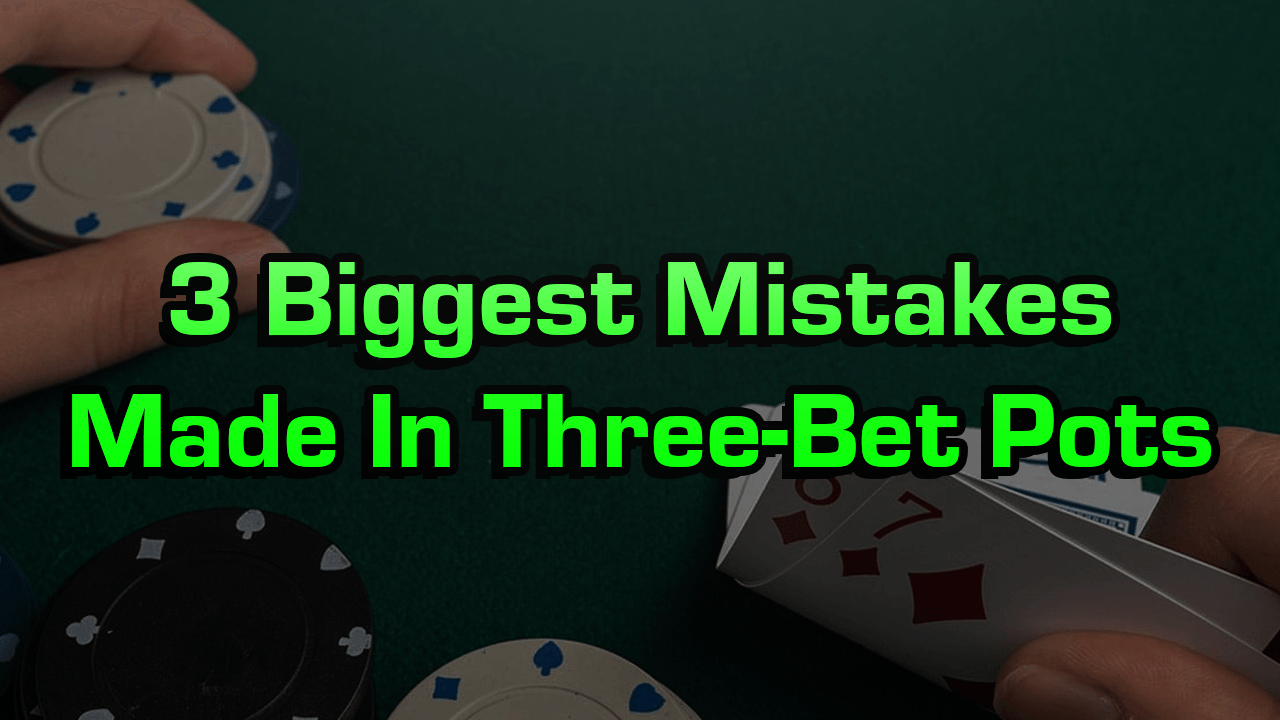When you sit at the poker table there is always a lot to consider, especially when playing in the WSOP. If the bubble is close to bursting, there are even more dynamics to think about, making it critical you study up on the fundamentals. In this hand, we go over how to defend the big blind near the money properly.
Scenario: You are six-handed playing in the World Series of Poker $3,000 buy-in six-max tournament. The blinds are currently 4,000/8,000, and you have a 280,000 stack. You settle in at a new table, and during the first orbit you look down at K♠-J♣ as the big blind. The hijack raises to 20,000, and it folds around to you.
The Game: WSOP $3,000 Buy-In 6-Max Tournament
Effective Stack: 35 Big Blinds
Your Hand: K♠-J♣
Preflop Analysis
If you were the chip leader with a larger stack, you could rationalize making a raise, but the standard play would be to call and defend the big blind. When playing close to the bubble, you want to conserve your chip stack and avoid putting yourself at risk.
Action: You make the call and the flop comes J♥-T♥-4♣. You check and your opponent continuation bets 30,000.
Facing A Continuation Bet With Top Pair
The Pot: 52,000
The Board: J♥-T♥-4♣
Effective Stack: 34 Big Blinds Effective
Flop Analysis
Other than folding, you have some options worth considering on this board. If you weren’t so close to the bubble, you could strategically shove facing the hijack raising range of your opponent. With 34 big blinds effective shoving would be a perfect GTO play, even when considering the ICM implications.
While going all-in is definitely worth considering, there are only four players left until the money, making calling the best play.
Action: You make the call and the turn card is the 6♥, you check and your opponent bets 40,000.

Crush cash games and poker tournaments with Jonathan Little’s Top Ten Poker Tips!
Playing The Turn After The Flush Draw Gets There
The Pot: 112,000
The Board: J♥-T♥-4♣-6♥
Effective Stack: 30 Big Blinds Effective
Turn Analysis
With the flush draw getting there on the turn, the dynamic of the board has changed dramatically. By betting large on the flop and betting small on the turn, your opponent not only has bluffs in their range, but they are also providing you with quality pot odds to call.
You have enough value and are being offered the proper pot odds, make the call and assess your options on the river.
Action: You call and the river card is the 3♦. You check and your opponent bets 60,000.
Considering Pot Odds On The River
The Pot: 192,000
The Board: J♥-T♥-4♣-6♥-3♦
Effective Stack: 25 Big Blinds Effective
River Analysis
On the river, you certainly have a tough decision. Considering the fact you recently sat down at the table, this spot is even more difficult with the lack of information you have on your opponent.
Analyzing the bet size of your opponent, it is extremely value-heavy, strongly suggesting they are not making this move with a bluff. Betting large on the flop, small on the turn, and small on the river tells are very peculiar story, one that does not likely end with a bluff.
Lacking any information on your opponent, the best maneuver is to take the decent pot odds you are being offered and make the call. Holding top pair and a great kicker, there are still plenty of poker hands in your opponent’s range that you beat. They could easily be holding hands like Q-J, J-9 suited or A-10, all of which you beat.
Adhering to a GTO strategy, this is an easy call, but it is important to always consider options outside of GTO as well. If your opponent is an amateur, they could be making this play wanting to draw value from you, while at the same time trying to not scare you away.
With the lack of information you have on your opponent and the decent pot odds you are being offered, the correct decision is to call.
Conclusion
You make the call with top pair-great kicker, and your opponent turns over K♥-8♥. Although you lost the hand, you maintained a playable stack that can easily sustain you until you’re in the money.
Want to take part in interactive quizzes with real-time feedback from PokerCoaching.com coaches?
If so, be sure to check out the hundreds of hand quizzes featuring real hands from the pros.




